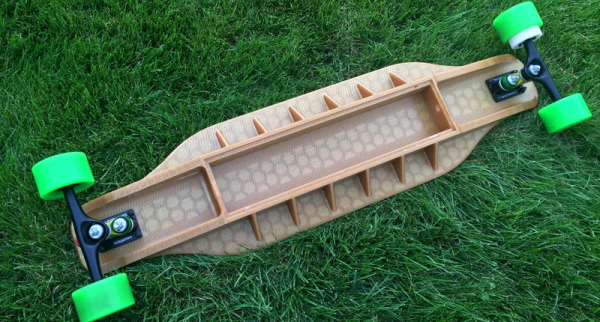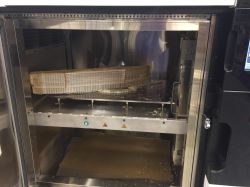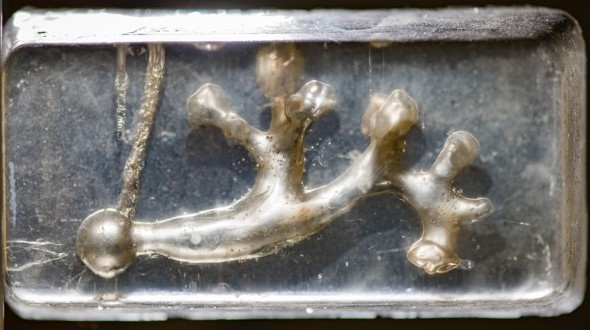When it comes to 3D printers, most machines you’ll see are pretty small. The Ultimaker, Prusa, Lulzbot, and the Rostock Max are desktop devices. While they have entirely usable build volumes, you’re not printing furniture with these machines. Yes, large format 3D printers exist, like the SeeMeCNC Part Daddy (they’ll build you one for ~$90,000, IIRC), a house printer that uses concrete, and a number of very large printers from various other manufacturers with very high price tags.
There is no 3D printer designed to print large objects without spending tens of thousands of dollars on a machine. That’s the focus of this Hackaday Prize entry. [RigTig]’s Big 3D Printer is designed to be big, but also inexpensive.
A big, inexpensive 3D printer can’t use the usual machine setups seen in other large format printers. Big machines with traditional kinematics demand big pieces of aluminum, counterweights, and a design that might spiral out of control. Instead of a thousand pounds of metal, [RigTig] is using something like the Skycam system seen at every NFL game; put a few towers up at the corners of a triangle, run some string or cable through some pulleys, and you have a simple, light movement platform.
With the machine side of the problem figured out, the next question is what material to use. [RigTig] has decided plastic filament is impractical because of cost. A clay extrusion system has a lot of problems. Concrete is a good idea, but the prints would weigh several tons. Right now, [RigTig] is planning on using dirt with a polymer binder. It’s an interesting idea, and one we haven’t seen elsewhere.
Building a 3D printer from scratch is easy. Building a huge 3D printer is one of the most interesting engineering challenges out there. Not only do you need a motion platform that can make it work, but you also need to print in a material that is cheap enough and prints fast enough for the printer to make sense. We don’t know if [RigTig] is on the right track yet, but we’re glad to see him put in the effort for this excellent addition to the Hackaday Prize.






















